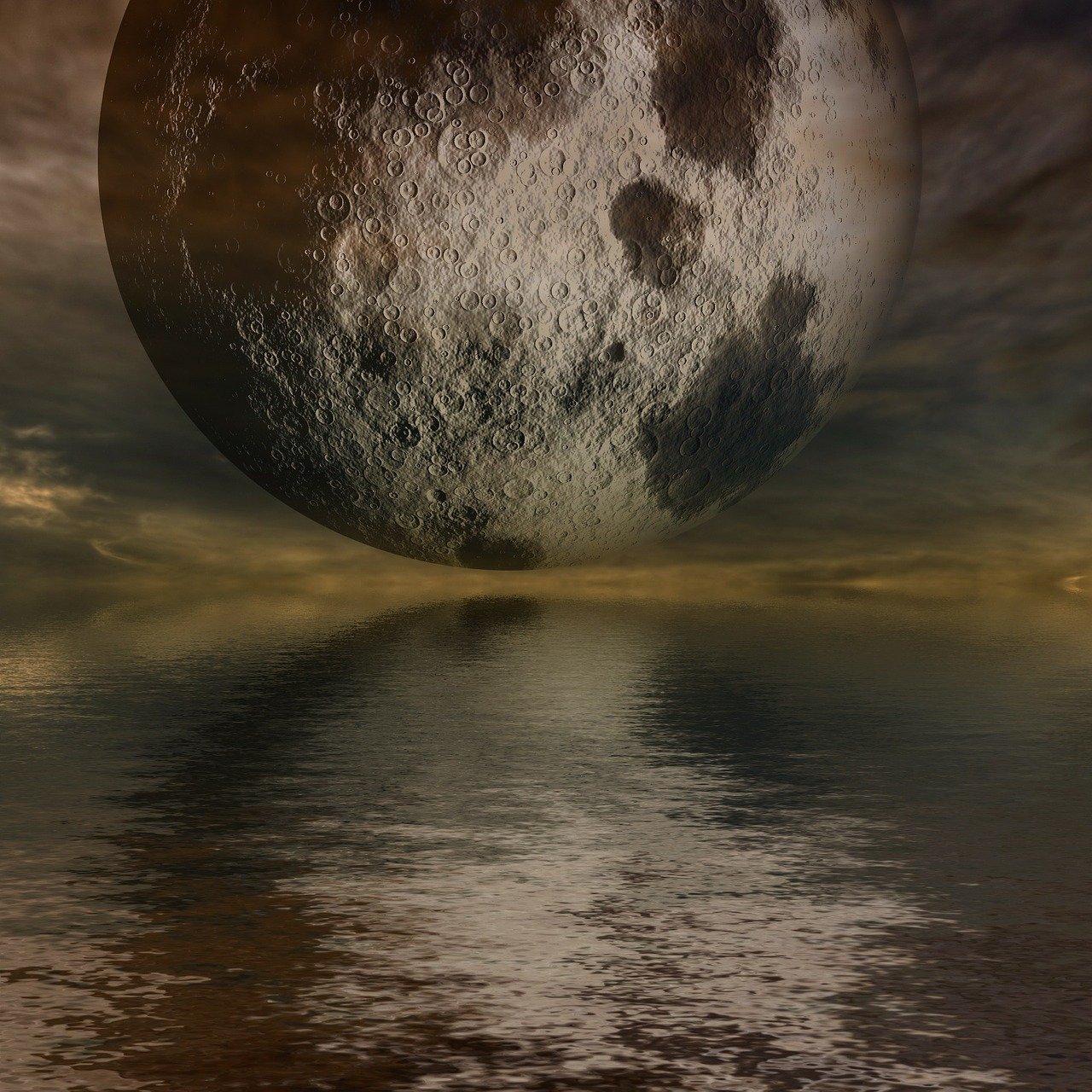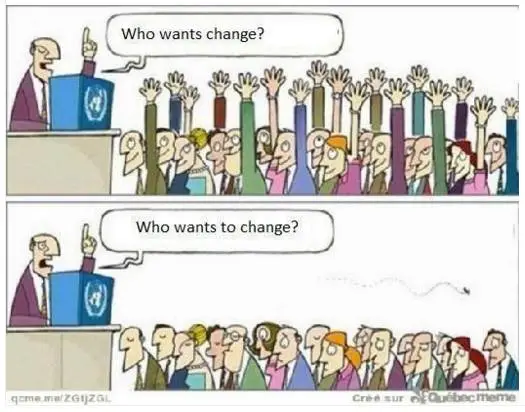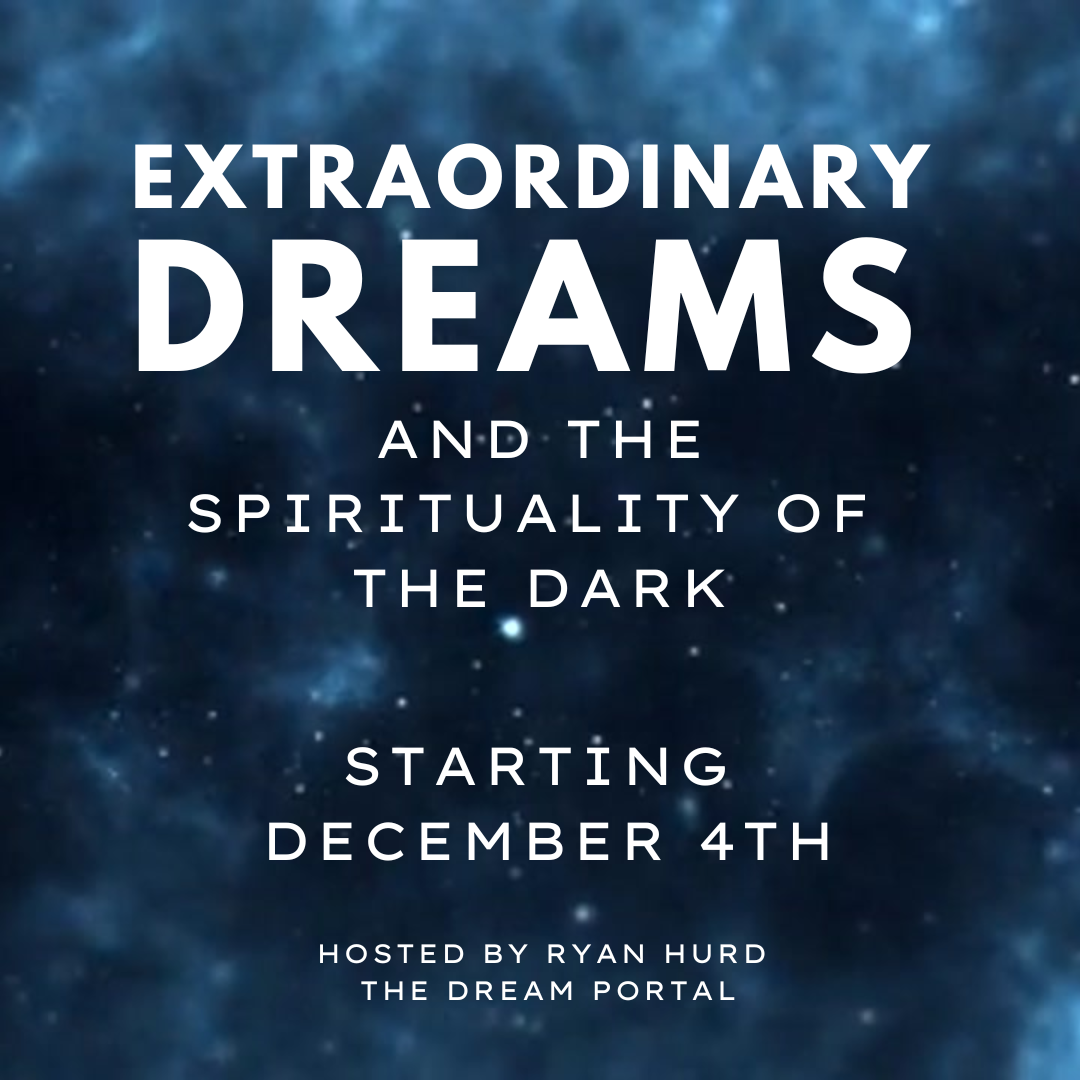
All cultures that pay attention to dreams make a cut between what’s a Big dream and what’s an ordinary dream. The cut is not always the same. Different cultures play with different ideas and elevate them or stomp them out, depending on the culture and their particular stressors.
But here in the west, Carl Jung is really the one who mainstreamed this idea that there’s a big dream that comes from beyond that shows us something in its fullness.
Jung didn’t work in a vacuum, though. Even though he refused to acknowledge popular Spiritualist ideas floating around at the time that addressed Big dreams, he was no doubt influenced by them. By his own reckoning, he had a realization after working with some tribal people in Africa, the Elgoni people. This was in Kenya in the 1920s. Jung found that these are people who used a lot of dreaming in their everyday life. They were hunter-gatherer people, but living under colonial rule at that time, under really intense power dynamics.
So the Elongi were making divisions between little dreams that have to do with sort of problems and relationships and then the big dreams that they would take to the shamanic dream specialists, the healers. These dream healers would also have dreams for people. They would dream for each other. And so dreaming was communal.
More than communal, big dreams can be collective: we can dream not just for ourselves but part of a larger whole.
Farther back, we can see the division between big dreams and little dreams all over the place throughout history and the ethnography. We see it in the Christian Bible for example, that there’s dreams from above, there’s dreams from below. If you have ever read the weird chapter Revelation that’s tacked onto the end of the New Testament — that’s a prime example of an entire literary style popular in the first century BCE called apocalyptic literature that courts big dreams and visions that are too weird to be mere fantasy. They are Imaginal, they are from beyond the pale.
In the field of dream research today, there are plenty of definitions and categories for big dreams in a psychological sense. Transcendent dreams. Apex dreaming. Lee Irwin has a term called the supernal dream that comes out of transpersonal psychology.
I could go on and on – but the term I really am drawn to, the term I keep coming back to, is extraordinary dreams which was described poetically in 2002 by Krippner, Bogzaran and De Carvalho as “strange and unusual, yet precious and beautiful” (p.4)
Again, extraordinary dreaming is beyond the pale, which is originally metaphor from Ireland, of moving away from the city of Dublin from where there’s colonial rule and back into the hinterlands where the forest people are, where the Druids still dwell, and where the Celtic language is still spoken.
By the way, we should not be surprised at the constant intersection of colonization and the suppression of “superstition,” as one of the most powerful weapons of empires is to break people’s spirit by outlawing the old ways. And the revolts happen this way too, as I discussed recently in my article on dreaming in the age of apocalypse, when the dreams can be seen to subvert colonial authorities and create new realities.
Extraordinary dreams pack a punch, and often that means the dream is short. They tend to be more focused than “ordinary” dreams. There’s an image or a feeling or an encounter, a moment that stands out. There’s a different kind of narrative structure: rather than an ambling dream that goes on and on and on, it’s focused. You get the message and you get off the phone.
One of my favorite studies in the digital humanities focused on big dreams was done by my former professor and now colleague Kelly Bulkeley and GOAT dream researcher Ernest Hartmann who passed away just a few years ago. Bulkeley and Hartmann used a quantitative approach, by studying the actual dream texts and running statistical tests.
They asked people, “what is your most memorable dream?” This is an ingenious way of asking for “Big dreams” without leading the participants into any specific paradigm, like archetypal dreams, or psychic dreams or after-death communications, etc.
So the researchers used three different measures to look at these dreams and what makes them memorable.
What they found was pretty surprising. Most memorable dreams were more primal. They had more intense imagery. They had more imagery of big emotion, so negative and positive emotion.
There were also more nature references than ordinary dreams as a collected set. There was more physical aggression. And so again, like everything is amped up a little bit: emotionality, aggression, sexuality. And then when you get into the real bizarre content, there were more fantastical creatures, more mythological beings, more magical happenings, these kinds of things.
But perhaps more than anything, as so many researchers have described, extraordinary dreams stick with us. The dream feelings linger. The sensations linger. We can recall them later, but they are more than just memorable. We also we can feel them. They do more than affect our day: these dreams create change in your life.
When we have a big dream, it changes the way we see the world.
It changes the way we act in the world. It could be our role in society, the way that we work, as well as our relationships, everything that is most important to us.
How do we get what we need? How do we make room for our vision? Big dreams show us the way sometimes. They provide us sometimes with anchors of something, an ecstatic moment that we can dip into later as something that’s still with us, even though that extraordinary experience has faded.
The horizon expands. We see further.
That is what makes big dreams multidimensional. They exist as something that’s vibrant and alive. It changes us.
It transforms us.
And that’s the tricky part: are you ready to be transformed?
That reminds me of this cartoon:

Well, if you’re one of the few who want transformation… keep a focus on your dream life. We are here for it.
Why?
Here comes family drama, work disruption, sleep anxieties, and probably too much cheese.
Want to go deeper? Join me for a practical three week course on how the joys, sorrows and celebratory disruptions of the end-of-year holidays can be leveraged into powerful dreams and insights.

Featured Image by Gerd Altmann, 2013.
“…one of the most powerful weapons of empires is to break people’s spirit by outlawing the old ways.” So true.
thanks for taking the time to comment Catharine. Yes, it’s the playbook for colonialism 101. Take away the language, outlaw the religion, and then subvert the symbols for empire symbols. I’m noticing how it’s week of thanksgiving here and how the narrative of the origin of this holiday is so warped from the reality, and for many Native Americans the day is a day of mourning . The subversion of the symbols of bounty for the empire’s false smile of gratitude. We teach our children the real story, as one of broken promises, and how important it is to honor our agreements.